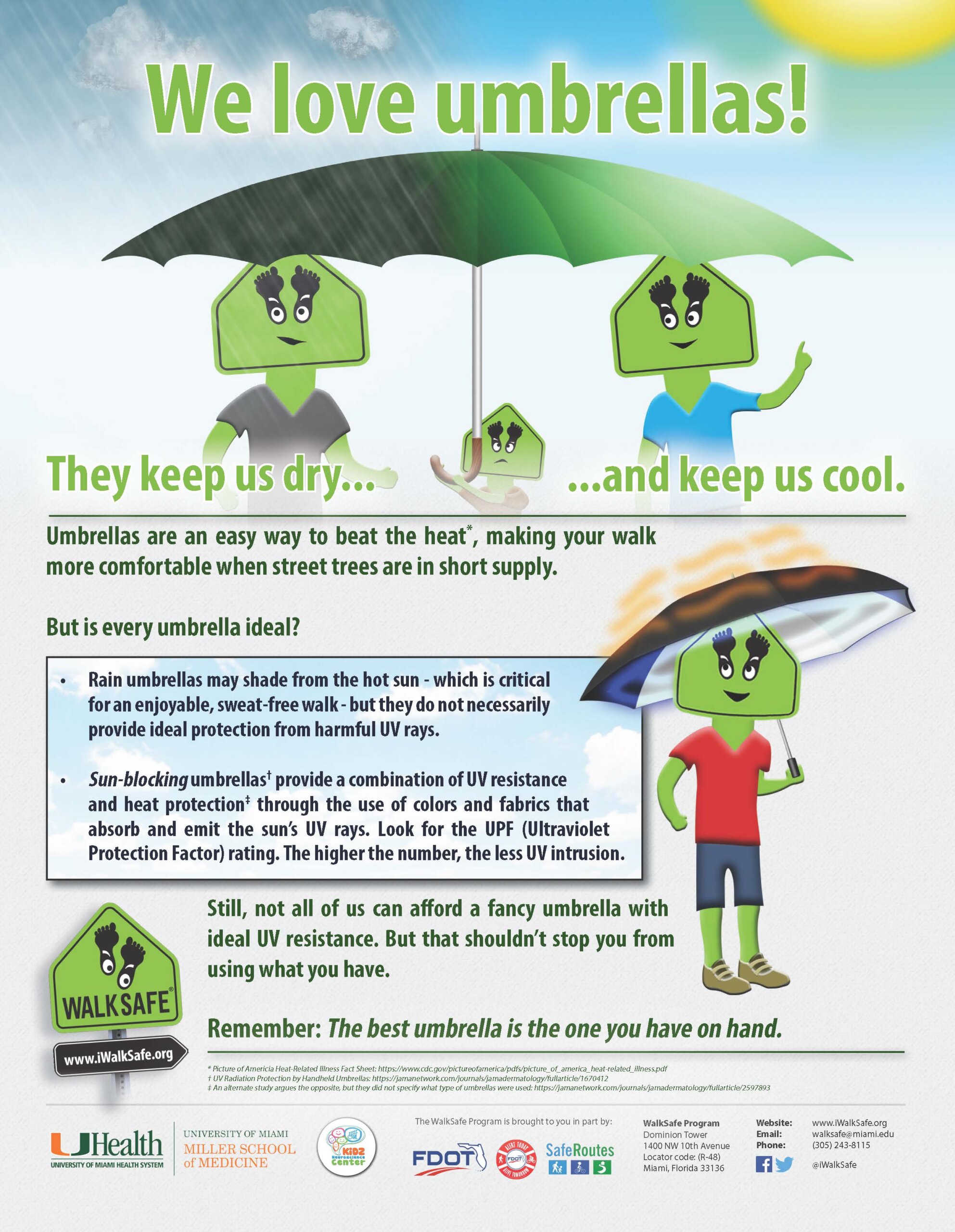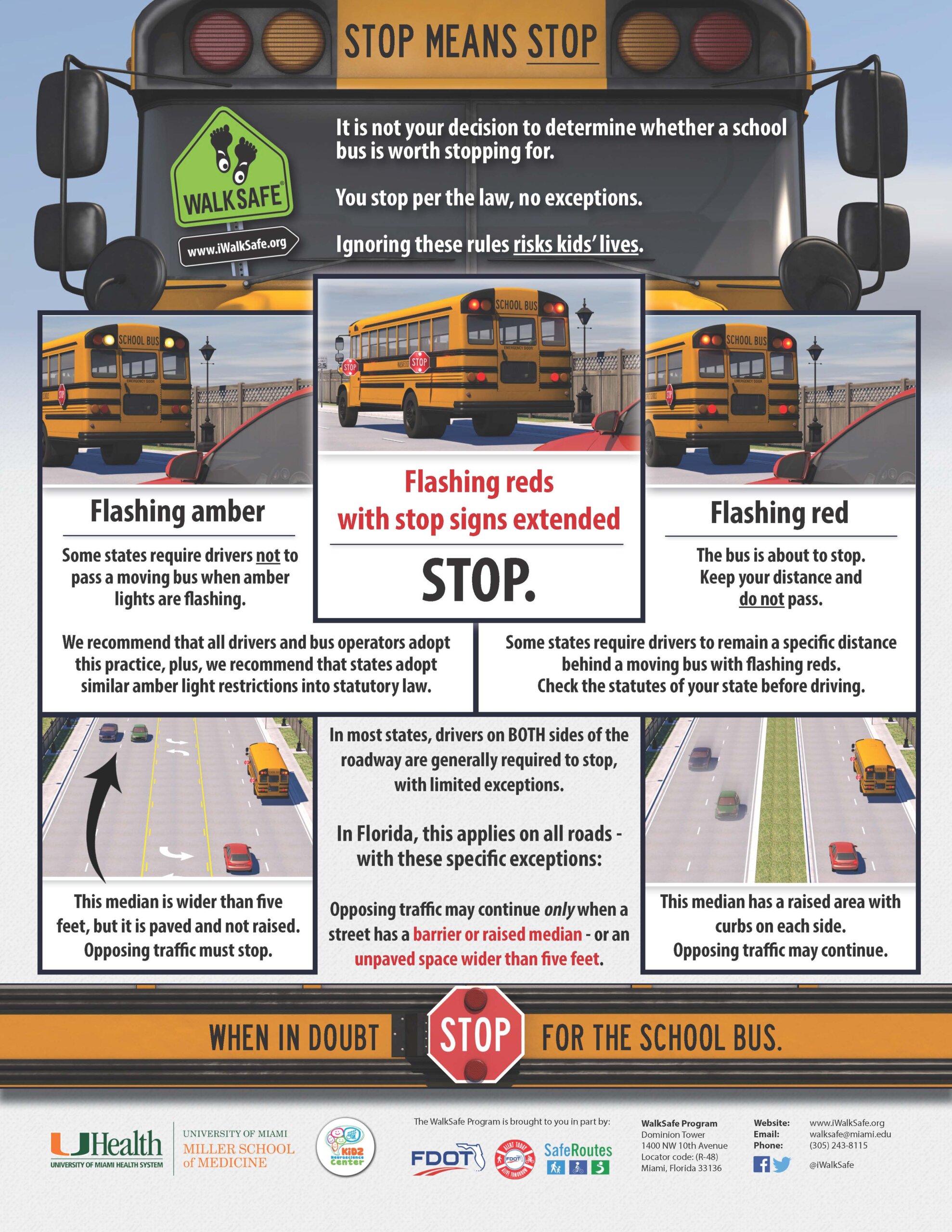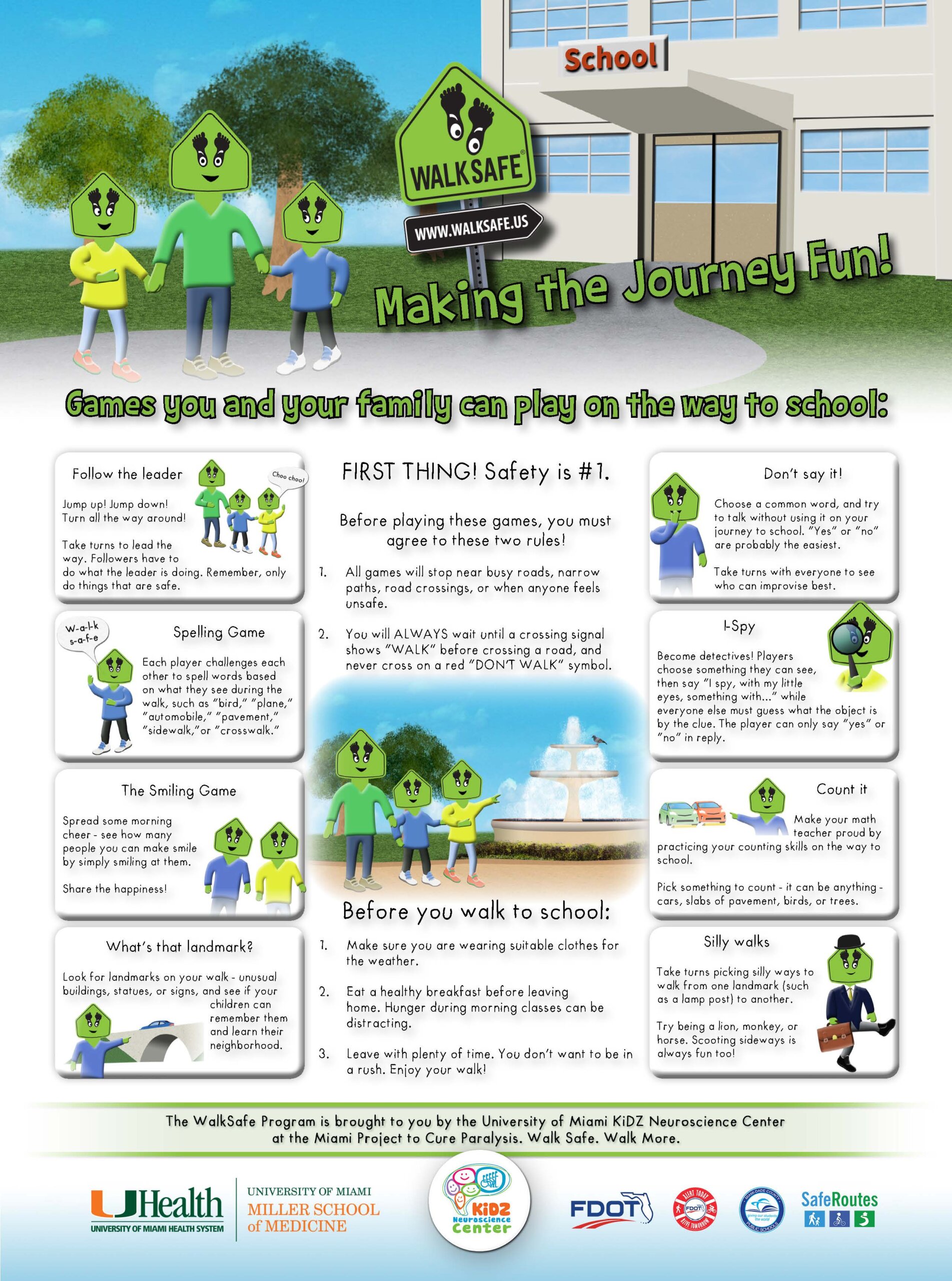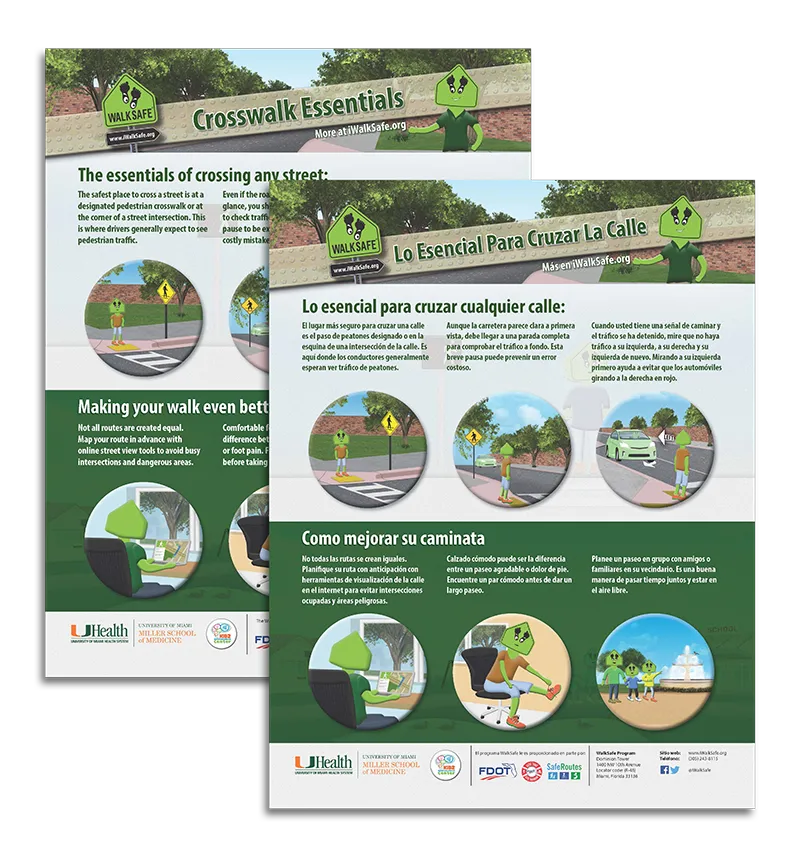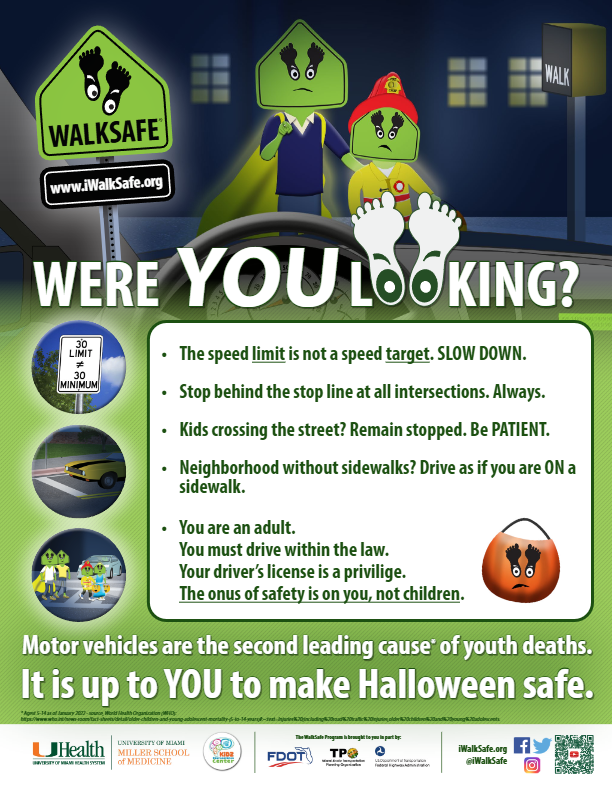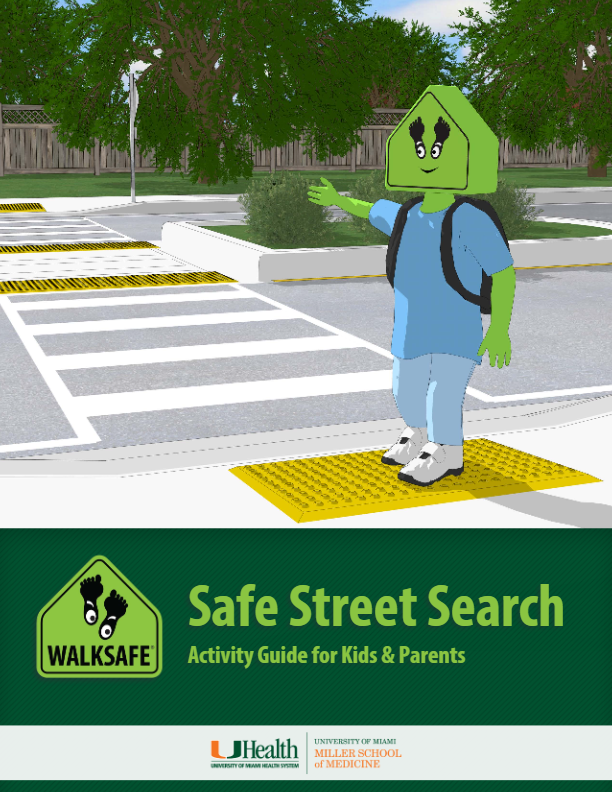Reclaim your neighborhood.
There's no better place to start advocating for walkability than your neighborhood.
Getting your neighbors on board can be particularly powerful, as community consensus is often more powerful with city leaders than similar, but diverging voices from various residents.
Similar to the advice we have on our Safe, Walkable Streets page, the following improvements prioritize people on foot - especially youths - over automobile speed. These are the type of improvements you can ask your local leaders for.
Traffic calming safety strategies
Speed tables - slightly flatter and longer versions of speed bumps - help keep drivers from speeding down an entire block between stop signs or lights.
These tend to keep speed in check, but they do tend to manage speed only in the area immediately near the speed table; some drivers tend to accelerate after driving over them.
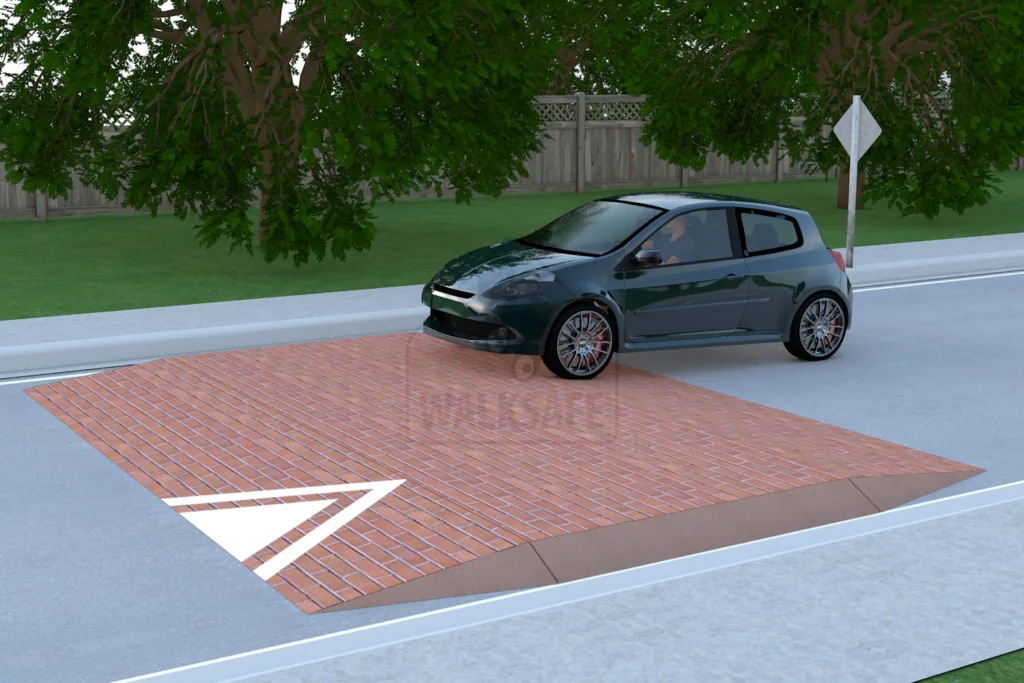
Raised crosswalks are a variation of the speed table.
In theory, they're essentially the same - they create a bump that drivers must slow down for - but raised crosswalks add this bump at a crosswalk or entire intersection. Instead of pedestrians dipping down to road height, drivers must slow down for pedestrians crossing at sidewalk height. This encourages drivers to slow down where people are most likely to cross the road.
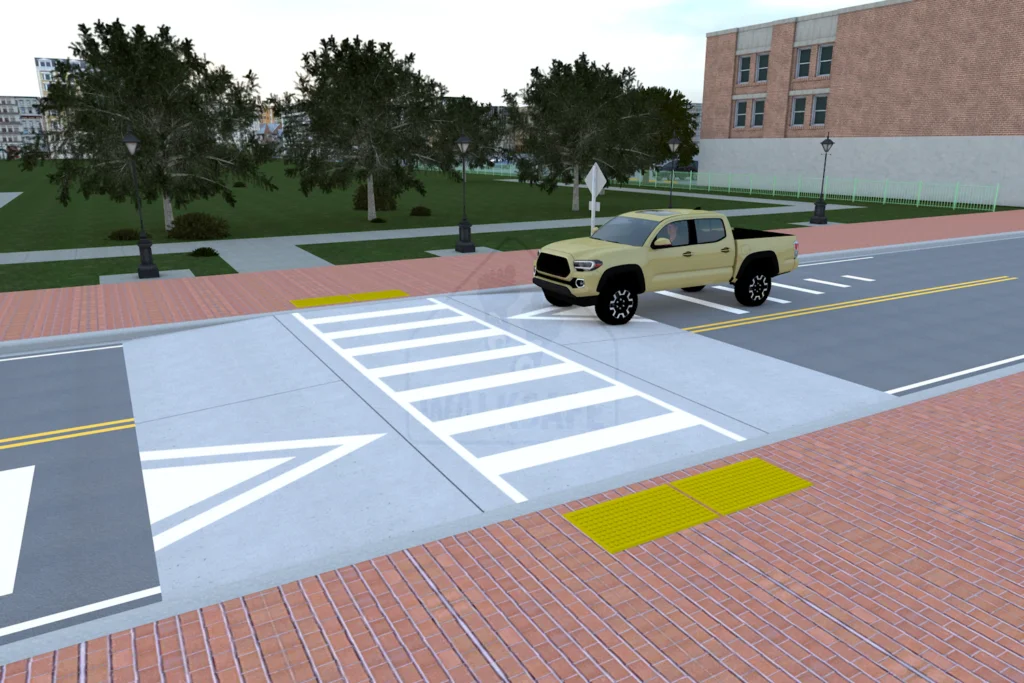
Older neighborhood streets were designed much narrower than today, encouraging slower car traffic. While many of these streets remain mostly unchanged, traffic volumes have increased since they were built, making them less conducive for kids to explore safely.
Modal filters - a type of street closure that allows bicycles and pedestrians through, but not cars - can significantly reduce the amount of unnecessary cut-through traffic on these streets, returning a neighborhood to being a safe and inviting place for families and children to enjoy.
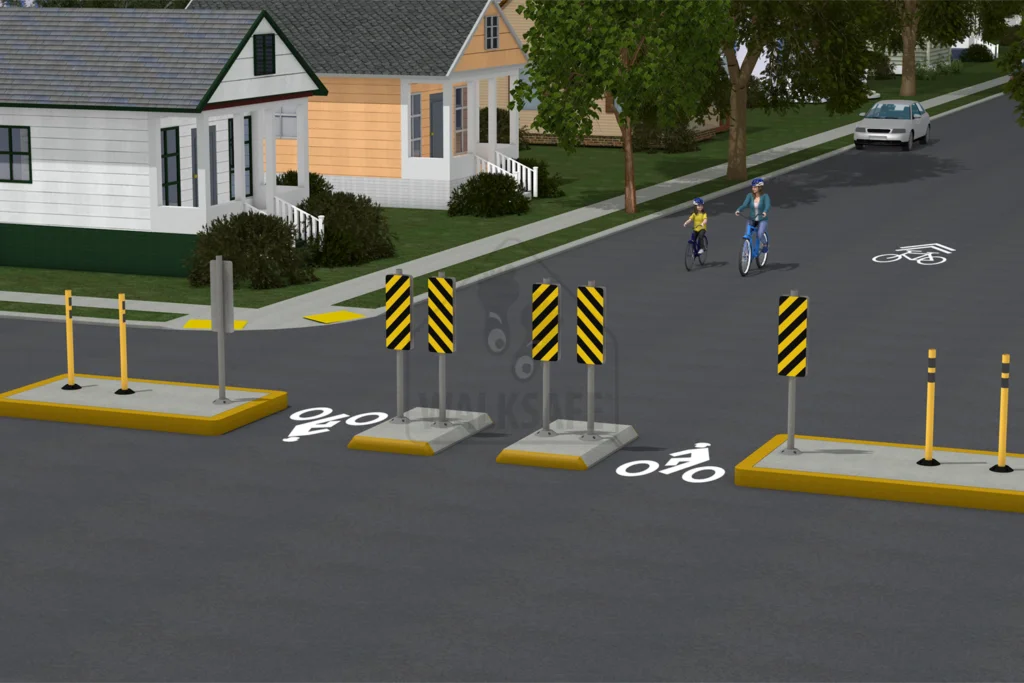
Pedestrian islands make crossing a street less perilous by establishing a safe waiting zone between each travel lane.
In addition to the safety provided by the curbs, the island simplifies crossing twofold: Pedestrians only have to worry about one direction of traffic at any given time, and the distance to cross is now split between two much shorter crosswalks.

Bollards keeps pedestrians safe from automobiles. When used at the edge of a curb, a properly-designed bollard will stop - or at worst, slow down - an out-of-control automobile from careening onto the sidewalk into pedestrians.
They also prevent drivers from parking on the sidewalk, obstructing the path for both those on foot and those using wheelchairs.
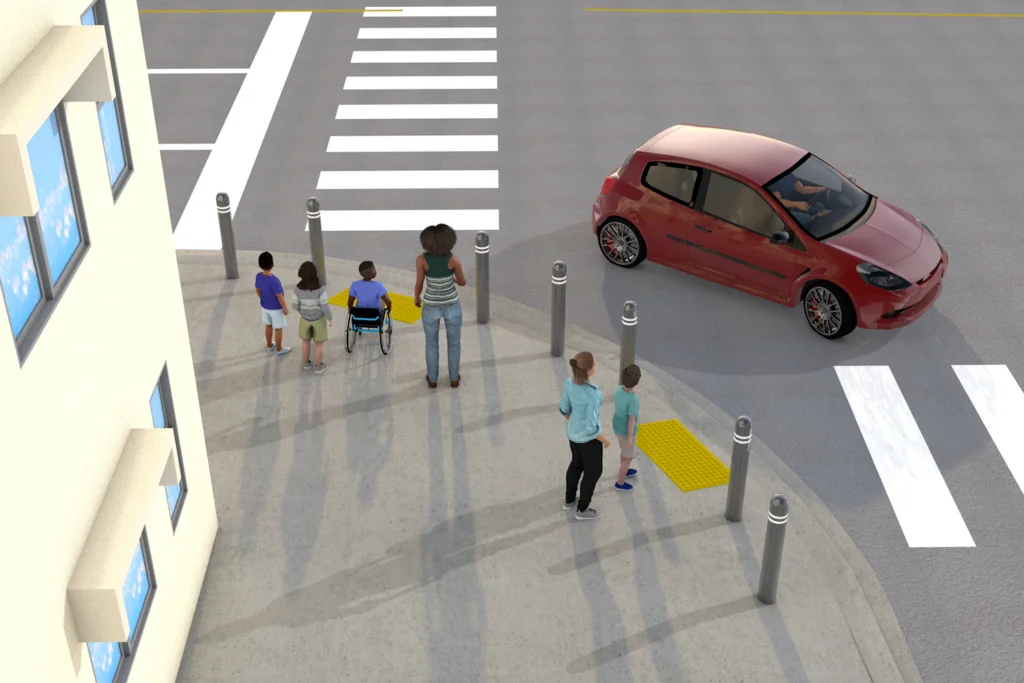
Flyers for your community
If you are looking to spread the word with your neighbors and local officials, consider one (or more) of the WalkSafe safety handouts at right.
These are in .PDF format and can be printed out as giveaways or PSAs for your community.
Municipal and County contacts:
Street engineering and maintenance in Miami is divided between the Florida Department of Transportation District 6 (FDOT District 6) and Miami-Dade County's Department of Transportation and Public Works (DTPW). Miami-Dade County maintains the majority of local roads, while FDOT has jurisdiction over some of the larger multi-lane arterials.
While Miami-Dade County oversees final roadway designs and, in some cases, maintenance for municipalities, each municipality has a staff of engineers and planners on hand. All municipal redesigns require approval through Miami-Dade DTPW.
If your neighborhood necessitates safer streets, one or more of these public works departments - and your area commissioner(s) - are where you should address your concerns. Always maintain a productive, respectful narrative if you want to see more efforts put towards safer streets. Certain engineering standards may currently limit what can be done, so be open to options made available to your community. Engineering guides like the Manual on Uniform Traffic Control Devices (MUTCD) or Florida Greenbook establish what can or cannot be built.
Use the list here to find your Public Works department. Keep in mind that requests through your local commissioner (or commissioners) tend to receive increased priority.
More Resources
Patricia A. Collins, Carise Thompson, Makenna Humes, Katherine L. Frohlich,
Contrasting Stakeholders’ Perspectives on the First Full-Year School Street Initiatives in Ontario, Canada.
Journal of Urban Mobility, Volume 6, 2024, 100094, ISSN 2667-0917
School Streets: Putting Children and The Planet First
FIA Foundation
School Streets Toolkit - based on NYC Open Streets model
Transportation Alternatives & OpenPlans
More about the NYC Open Streets / School Streets program
NY Times

